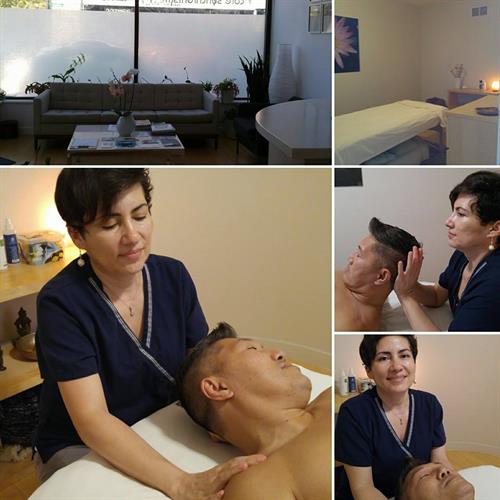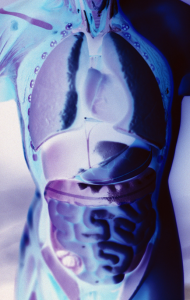Heartburn, GERD advice taking over the counter PPIs (Prilosec, Nexium, etc), will not get to the root of most heartburn and GERD.
Acid re-flux is such a common problem but there can be underlying problem you were not aware of and treating the symptoms has short term relief.
Sure PPIs feel like they help initially, but remember, all disease begins in the gut and if your food is not being digested, your body is giving you a huge clue that it needs digestive support. Not having adequate digestive support is one of the contributing factors that lead to leaky gut, autoimmune issues, you name it. Name any chronic condition and most likely compromised gut function will be a contributing factor.
Treating with acid inhibitors will never be ideal because acid secretion is not the primary underlying defect.
How Breathing and Posture can be involved.
The diaphragm is a respiratory and postural muscle dysfunction here can lead to dysfunction of the muscular valve (sphincter) that separates the lower end of the esophagus and the stomach (LES).
What is the underlying problem? The crural diaphragm is a gastrointestinal sphincter which is implicated strongly in the pathogenesis of gastro-oesophageal reflux disease. Current therapies of this disorder ameliorate the condition (usually by drying up stomach acid) but do not address the fundamental problem of why transient repetitive relaxations of the crural muscle are occurring.
How can neuromuscular (NMT) help acid reflux ?
We begin with analyzing and charting postural patterns to identify the underlying cause of dysfunctional breathing pattern.
Integrated therapy that works:
- Protocols are applied to change the quality of breathing pattern by giving the diaphragm greater participation and lesser activation of the accessory inspiration muscles, this will positively influence the ability of the LES and will lead to restoration of the barrier. A critical step, because the body often refers pain to a location other than the source of the problem.
- A Nutrition and Lifestyle health and Primal Pattern® Eating assessment is done to analyze eating habits that may not be serving you during a flare up then we develop strategies to reduce factors that promote bacterial overgrowth and low stomach acid main components to rebuilding health. (balance the PH levels in stomach with food)
- A session integrating manual therapy with active relaxation: Breath and posture are intimately linked. In the session we improve mobility by applying manual therapy and practice mindful breathing exercises, proven to activate the body’s relaxation response. Improving physiological factors: blood pressure, heart rate and muscle relaxation
Signs and symptoms
- Chest pain
- Pain that worsens at rest
- Post meal pain
- Bitter taste
- Hoarseness
- Sore throat
- Chronic Cough
- Asthma
- Nausea
- Extra Saliva
- Trouble Swallowing
Triggers to look out for
- Smoking
- When used regularly, nonsteroidal anti-inflammatory drugs (NSAIDs) such as ibuprofen or naproxen can trigger heartburn.
- Fish Oil Supplements
- Stress
- Peppermint: Peppermint tea, peppermint-oil capsules, and even peppermint candies are often used to settle upset stomachs—but these remedies can backfire on people with GERD.
- Being overweight
- It could be due to inherited physical traits, such as abnormalities in stomach function or a hypersensitivity to stomach acids.
To learn more schedule a consultation schedule now

